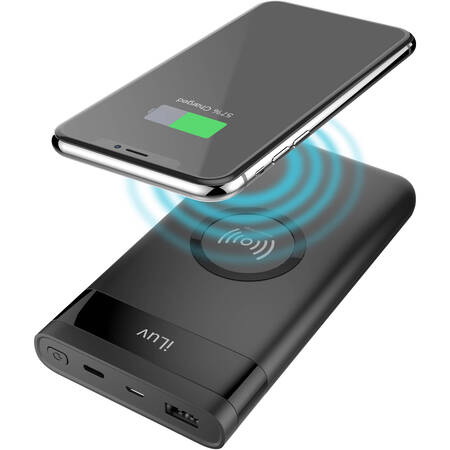
The global market for rheumatoid arthritis treatments is expected to grow at a CAGR of...
Learn More
Our consulting solutions address company specific challenges with respect to micro environment...
Learn More
Organizations frequently need day-today research guidancein order to gain strategic...
Learn More
Exploring different areas of market research and market analysis is a key factor...
Learn MoreAcute Market Reports presents the most extensive global business research services across industries. Our research studies focus on potential outcomes, benefits, and risks associated with each market segment across geographies. Having served our global clients for more than 10 years, our prime priority is to enable our clients in making well-informed business decisions through a data-driven, analytical, and uncomplicated research approach.
We provide access to the world's most comprehensive, analytical, and updated business intelligence services and solutions.




The pharmaceutical glass packaging market is expected to grow at a CAGR of 9.7% during the forecast period of 2025 to 2033, driven by several key factors, including an expanding pharmaceutical sector, increasing demand for specialized packaging, and ...
Read More
The wireless power bank market is expected to grow at a CAGR of 6% during the forecast period of 2025 to 2033, due to the increasing demand for portable and convenient charging solutions for electronic devices. A wireless power bank is a portable dev...
Read More
The microinsurance market is expected to register a CAGR of 6.2% during the forecast period of 2025 to 2033, driven by the increasing need for accessible and affordable insurance solutions for low-income individuals and underserved populations. Micro...
Read More




